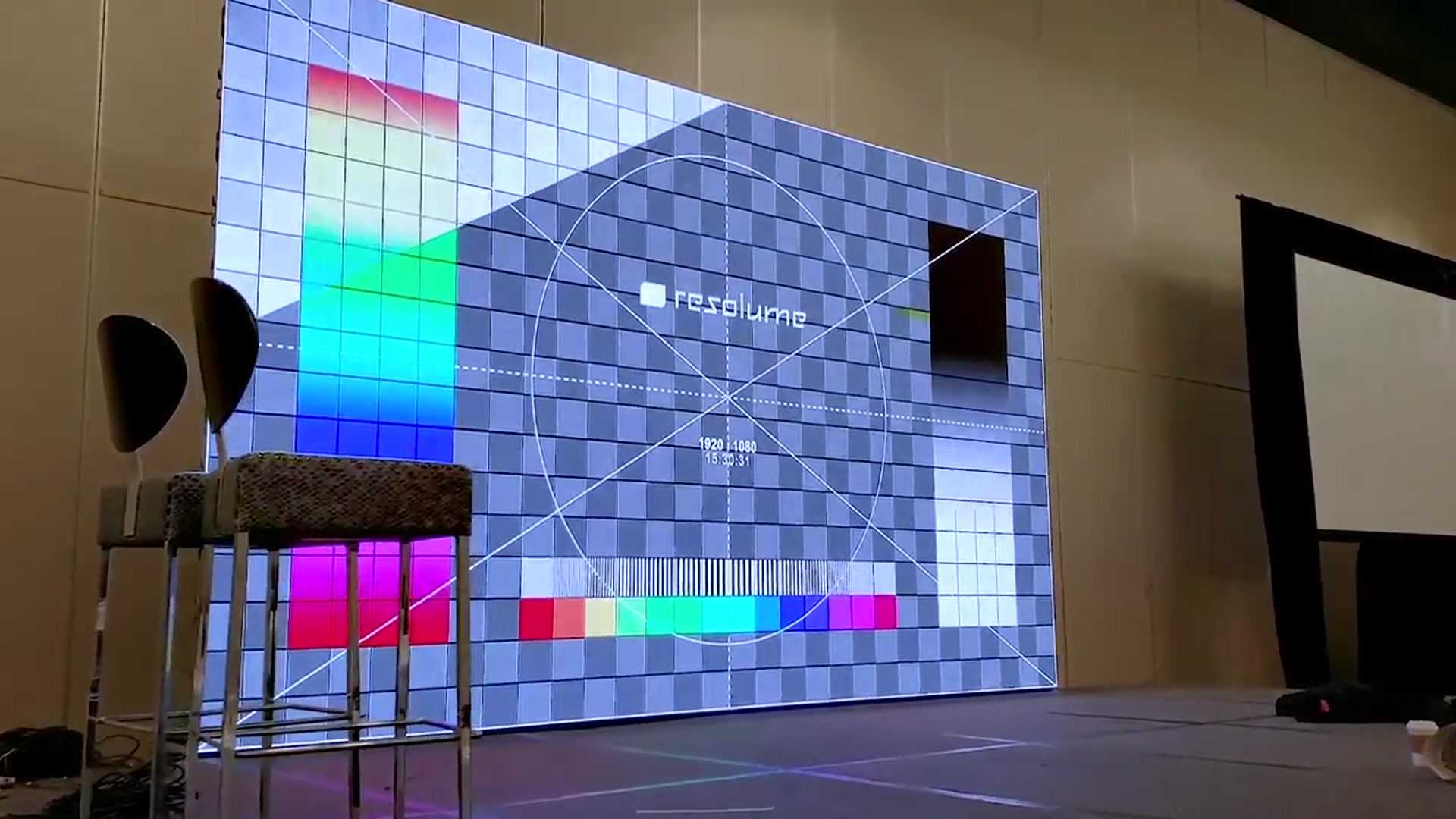Novel Methods to Enhancing Mobile Linkage Solutions for Luminescent Wall Screens.
Wiki Article
Wireless communication solutions for LED wall screens have redefined the way we experience visual displays in various settings, such as live events, corporate gatherings, and promotional displays. These panels, known for their vibrant colors and high resolution, rely heavily on stable wireless networks to perform optimally. As digital infrastructure continues to evolve, innovative approaches are being engineered to optimize these wireless frameworks. This discussion will examine some of the latest strategies aimed at improving wireless connectivity for LED wall panels.

One notable method to enhancing wireless connectivity is the use of next-generation antenna technology. Antennas play a vital role in sending and receiving signals between components. By employing smart antennas, which can adjust their direction and focus based on the surroundings, manufacturers can greatly enhance signal strength and stability. This adaptability helps reduce interference from other electronic systems and obstacles, leading to clearer video output and more stable connections for Light Emitting Diode wall displays.
Another innovative strategy entails utilizing mesh networking systems. Unlike conventional wireless configurations that rely on a single access point, mesh systems consist of multiple nodes that work together to extend the internet signal over a broader area. This structure guarantees that LED wall panels receive a steady signal no matter their location. In venues like arenas or large exhibition halls, where physical barriers may interfere with signals, mesh technologies provide a more robust solution by ensuring signal integrity even in crowded environments.
Moreover, integrating edge computing into wireless connectivity can enhance efficiency for Light Emitting Diode wall displays. Edge computing enables data handling to occur near the source of data origination rather than depending entirely on centralized cloud infrastructure. By analyzing data near the LED wall panels, the system reduces latency, resulting in faster response times and smoother video playback. This development is especially beneficial for applications that demand smart led wall panels real-time responses or interactive functions, making presentations more engaging for audiences.
Lastly, adopting new communication protocols can also enhance wireless network performance for Light Emitting Diode wall screens. Protocols such as 802.11ax and fifth-generation wireless offer greater bandwidth and accelerated data throughput compared to earlier standards. These technologies allow multiple devices to connect simultaneously without sacrificing performance. As LED wall displays are often paired with other smart technologies, integrating these modern protocols ensures that all components can interact effectively, leading to an significantly improved user interaction.
In conclusion, the enhancement of wireless connectivity solutions for LED wall displays is crucial as technology continues to evolve. Through innovations such as smart antennas, mesh networking systems, edge computing integration, and new communication protocols, manufacturers can provide better performance and stability. These strategies not only enhance the capabilities of LED wall panels but also elevate the visual experiences they offer across multiple settings. As these advancements continue to progress, audiences can look forward to even more impressive displays in the see it here coming years.